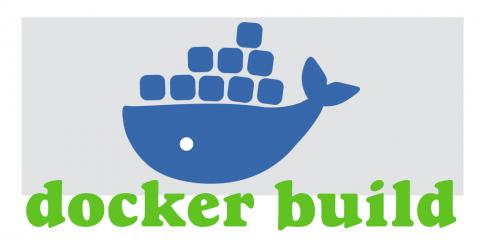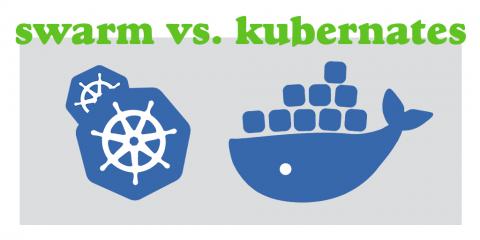A Guide to Streams in PHP: In-Depth Tutorial With Examples
You’ve already used PHP streams in your PHP development. However, they’re transparent, so you may not have noticed them. Streams are powerful tools. In this article, you’ll learn to harness the power of streams in your PHP development and take your applications to the next level. Streams provide on-demand access to data. This means you don’t need to load the entire contents of your dataset into memory before processing can start.






